Roe still got it right
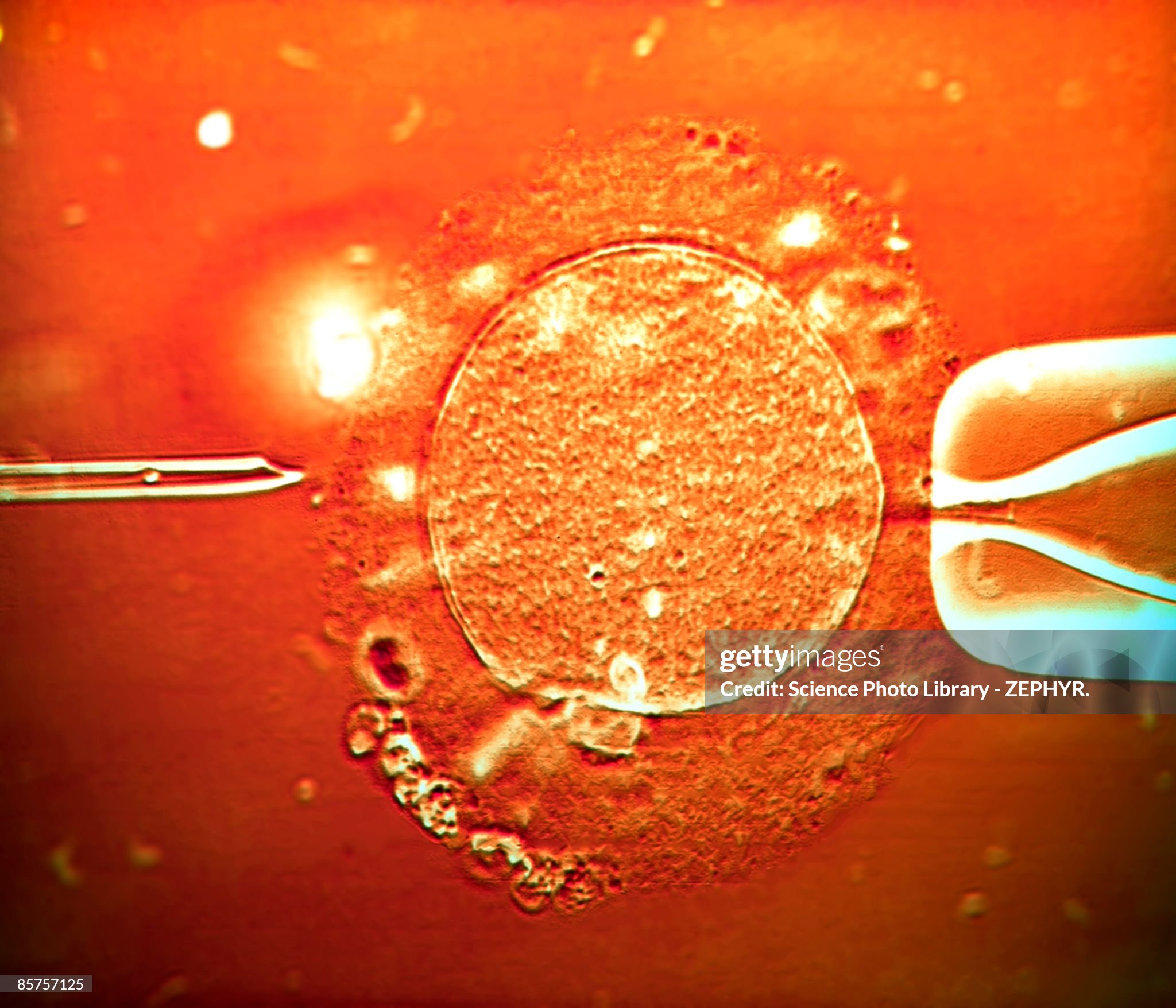
The argument against embryo personhood takes only one sentence: The living cells that are embryos cannot survive outside the womb. Life at conception may be your religious belief, but it’s not mine. And the first clause of the First Amendment says religious belief alone isn’t law.
Alabama Supreme Court
On February 16, 2024 the Alabama Supreme Court held that frozen embryos are children under Alabama’s Wrongful Death of a Minor Act. The case was a civil suit against an IVF clinic for damages after the accidental loss of frozen embryos. The Court said the 2018 Sanctity of Unborn Life Amendment to the state constitution, and its provision “to recognize and support the sanctity of unborn life and the rights of unborn children,” applied to frozen embryos outside the mother’s uterus.1
The Alabama Medical Association had warned the court that holding embryos as children could limit access to fertility treatments. Within five days the University of Alabama-Birmingham health system paused fertilization and embryo development in its IVF program to avoid civil liability and possibly criminal charges under the Wrongful Death statute.2
The Alabama constitutional amendment is not unique. Since the U.S. Supreme Court Dobbs decision 16 state legislatures have introduced personhood laws, and four states—Missouri, Georgia, Alabama, and Arizona—have passed them. 3
In Congress Republicans in the House of Representatives introduced a national personhood bill, the“Life at Conception Act,” in January 2023. But co-sponsor and House Speaker Mike Johnson (R-LA) says he supports IVF. The Senate has been considering a “Life at Conception Act” since 2021, but the National Republican Senatorial Committee has now told candidates to “align with the public’s overwhelming support for IVF and fertility treatments.”4
Why can’t the GOP support both IVF and “Life at Conception” personhood laws? Jay Kuo, expecting a child in August by IVF, says: “Well, for starters, nobody freezes ‘people.’ That’s how you already know that they are talking out of two sides of their mouths. The moment you open the door to insisting that in the state of Alabama a mass of cells has the same rights as a fully formed baby (and apparently more rights than a grown woman), everything done with those cells carries legal consequences.”5 About 2% of babies born in the US annually come from IVF. The Pew Research Center has found that 42 percent of adults have used fertility treatments or knew someone who had.6
All the cells in your body are living, but “life” is not a person.
Let’s talk about normal pregnancy, and then the differences for IVF.
Normal Pregnancy Development
1st trimester: Weeks 0-12*7
A sperm fertilizes an egg (estimated at 2 weeks after last menstruation). The cells of the fertilized egg, or zygote, keep dividing into a hollow ball of cells called a blastocyst as it moves to the uterus, where it attaches and implants in the uterus wall (3 weeks). The blastocyst diameter is about 0.1–0.2 mm (0.004-0.008 inch). The human hair varies from 0.017- 0. 181 mm thick.
The amniotic sac forms about the blastocyst, now called an embryo (3-4 weeks).
Internal organs and external body structures start to form. The heart, major blood vessels , brain, and spinal cord begin to develop. At 5-6 weeks the heart begins to pump fluid through blood vessels.
At 10 weeks all organs are completely formed except the brain and spinal cord. The embryo, now considered a fetus, is about 1 inch long. The fetus can move and respond to touch. It continues to grow and fill the uterus.
2nd trimester: Weeks 13 to 24
At 14 weeks the birth sex can be identified. At 16-20 weeks the mother can feel the fetus moving, historically known as quickening.
Delivery before 23 weeks typically results in neonatal death (5–6% survival) or significant neurological damage (98–100%). Neonatal resuscitation is not recommended before 24 weeks.8
3rd trimester: Weeks 25 to birth
At 25 weeks the average fetus is about 20 inches long and 7 pounds.
The lungs continue to mature until delivery. The brain accumulates new cells throughout pregnancy and the first year after birth.
Delivery is from 37 to 42 weeks.
* Weeks of pregnancy, starting from the last menstruation before fertilization, which is estimated at 2 weeks of pregnancy.
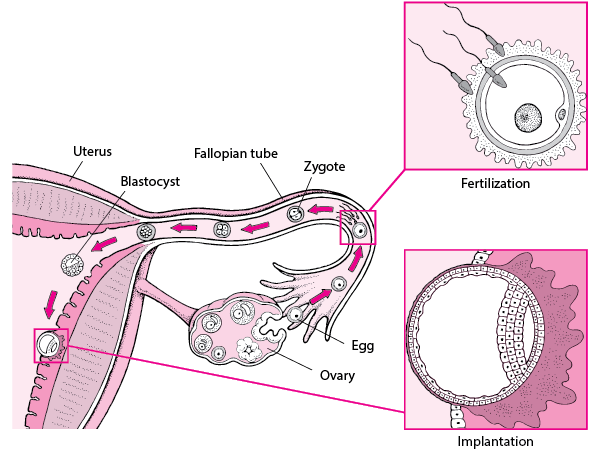
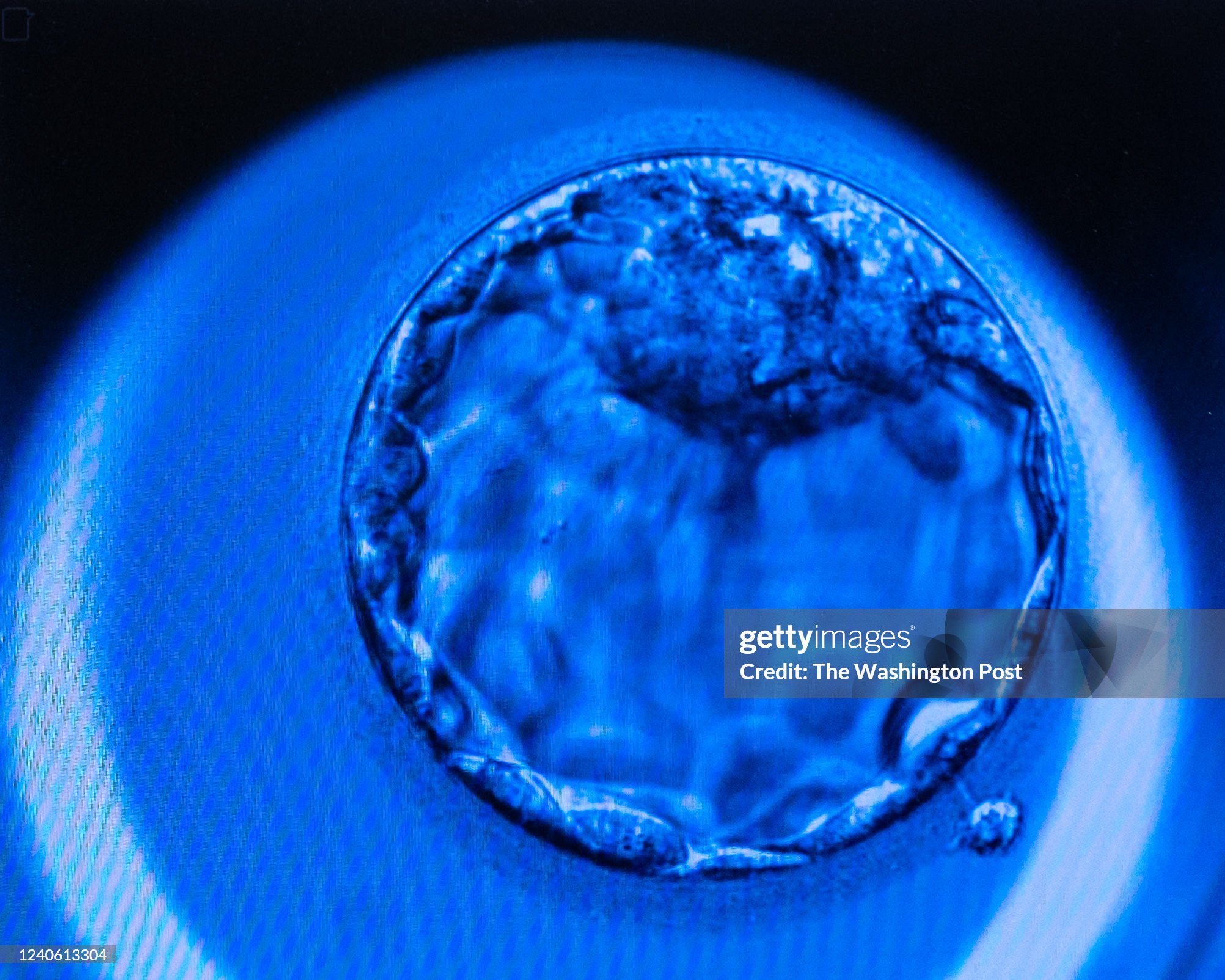
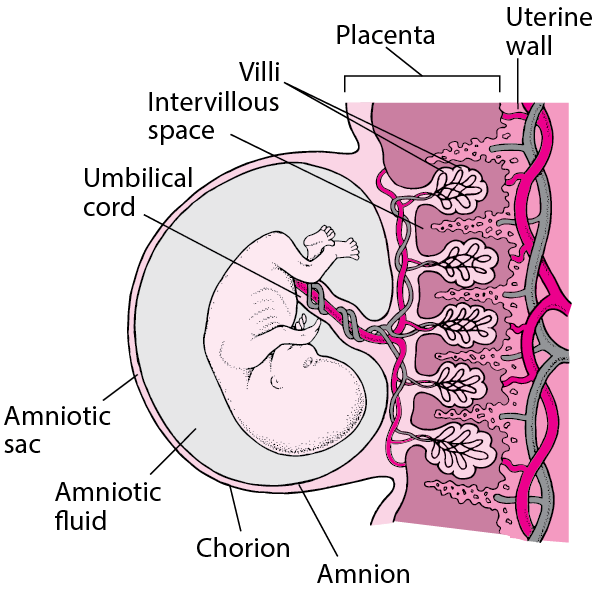
Miscarriage and Infertility
Miscarriage or spontaneous abortion is defined as the loss of a pregnancy before the 20th week. About 10% to 20% of known pregnancies end in miscarriage, but the actual number is higher because many occur before the pregnancy is known.9 In the U.S. in 2019 67% of pregnancies ended in live birth, 13% by induced abortion, and 20% by “miscarriage or spontaneous abortion, ectopic pregnancy, stillbirth, or fetal death”.10 These numbers are consistent with this quote from Sam Harris:
“It has been estimated that 50 percent of all human conceptions end in spontaneous abortion, usually without a woman even realizing that she was pregnant. In fact, 20 percent of all recognized pregnancies end in miscarriage. There is an obvious truth here that cries out for acknowledgment: if God exists, He is the most prolific abortionist of all.”
― Sam Harris, Letter to a Christian Nation
Most miscarriages are caused by the failure of the fetus to develop properly. Half to two-thirds of miscarriages in the first trimester are linked with extra or missing parent chromosomes. Maternal causes can include uncontrolled diabetes, infections, hormone problems, uterus or cervix problems, thyroid disease, or obesity.
Infertility is defined as the inability to become pregnant after one year of unprotected sex for women under 35 , or six months for older women. It affects 1 in 8 couples trying to conceive. The most common causes of infertility include
- blocked or scarred fallopian tubes that prevent sperm from reaching the egg. A history of pelvic infection, sexually transmitted disease, or endometriosis increases the risk.
- An irregularly shaped uterus that makes it difficult for a fertilized egg to attach to the uterine wall. Abnormalities can be caused by fibroids (noncancerous growths on the uterine wall) or scar tissue from surgery or infection. Irregular shapes or orientation can also be congenital.
- Irregular or inconsistent ovulation caused by conditions such as polycystic ovary syndrome (PCOS), hormonal imbalances, excessive exercise, stress, or high or low body weight.
- Sperm problems in 30% of infertility cases, such as a low count or abnormal sperm movement or shape, caused by trauma, medical conditions like diabetes, heavy drinking, or smoking.11
See Sam Harris’s quote above about God making pregnancies difficult.
In Vitro Fertilization

Original IVF fertilization involved mixing an egg with sperm in a petri dish (below, left), but if sperm health is a problem, the odds can be improved now by direct injection of selected sperm into the egg (Intracytoplasmic Sperm Injection, or ICSI, right).
Embryo Freezing
Embryo freezing and storage with liquid nitrogen at -320 degrees F for future IVF attempts are typical, because successful pregnancy can require multiple attempts, whether it’s natural or IVF. Extra embryos are frozen and stored for years, but not all survive the process. Unsused frozen embryos are discarded by thawing and allowing the embryo cells to die, donated to couples for IVF , or to institutions for research and education.12
The Cleveland Clinic says about 5% of couples with infertility try IVF, more than 8 million babies have been born using it since 1978, and it’s one of the most effective assisted reproductive technologies available. The average percentage of live births per egg retrieval in 2019 was 47% for mothers younger than 35, and declined to 3% for those 43 and older.13
The Issue is Still Viability
The Alabama ruling and others likely to follow will change everything in their jurisdictions. Unable to freeze embryos, IVF would require the transfer of one embryo at a time immediately after egg fertilization, repeated for as many procedures as required for a successful pregnancy.14
Dobbs referred to fetuses as “unborn human being[s]” when it overturned the Roe constitutional right to abortion. The Alabama decision on embryos cited Dobbs 15 times, relying on it to establish that “the unborn” are “living persons with rights and interests.”15 The only problem is those “persons” can’t survive outside the mother, no matter what healthcare they receive.
Footnotes
- When SCOTUS leaves it up to the States, Joyce Vance, Civil Discourse, Feb 21, 2024 ↩︎
- When SCOTUS leaves it up to the States, Joyce Vance, Civil Discourse, Feb 21, 2024 ↩︎
- Letters from an American, Heather Cox Richardson, February 25, 2024 ↩︎
- Letters from an American, Heather Cox Richardson, February 25, 2024 ↩︎
- My IVF Journey, Jay Kuo, Status Quo, Feb 26, 2024 ↩︎
- A growing share of Americans say they’ve had fertility treatments or know someone who has, Isabel Goddard and Carolina Aragao, Pew Research Center, September 14, 2023 ↩︎
- STAGES OF DEVELOPMENT OF THE FETUS, Raul Artal-Mittelmark, MD, Merck Manual, September 2022 ↩︎
- Periviable Birth, American College of Obstetricians and Gynecologists, October 2017 ↩︎
- Miscarriage, Mayo Clinic, Sept. 08, 2023 ↩︎
- Updated Methodology to Estimate Overall and Unintended Pregnancy Rates in the United States – Table A, National Center for Health Statistics, Centers for Disease Control and Prevention, April 2023 ↩︎
- Why Can’t I Get Pregnant? Chantel Cross, M.D., The Johns Hopkins University, 2024 ↩︎
- Embryo Freezing (Cryopreservation), Cleveland Clinic, 02/17/2022 ↩︎
- IVF (In Vitro Fertilization), Cleveland Clinic, 03/02/2022 ↩︎
- My IVF Journey, Jay Kuo, Status Quo, Feb 26, 2024 ↩︎
- Letters from an American, Heather Cox Richardson, February 25, 2024 ↩︎
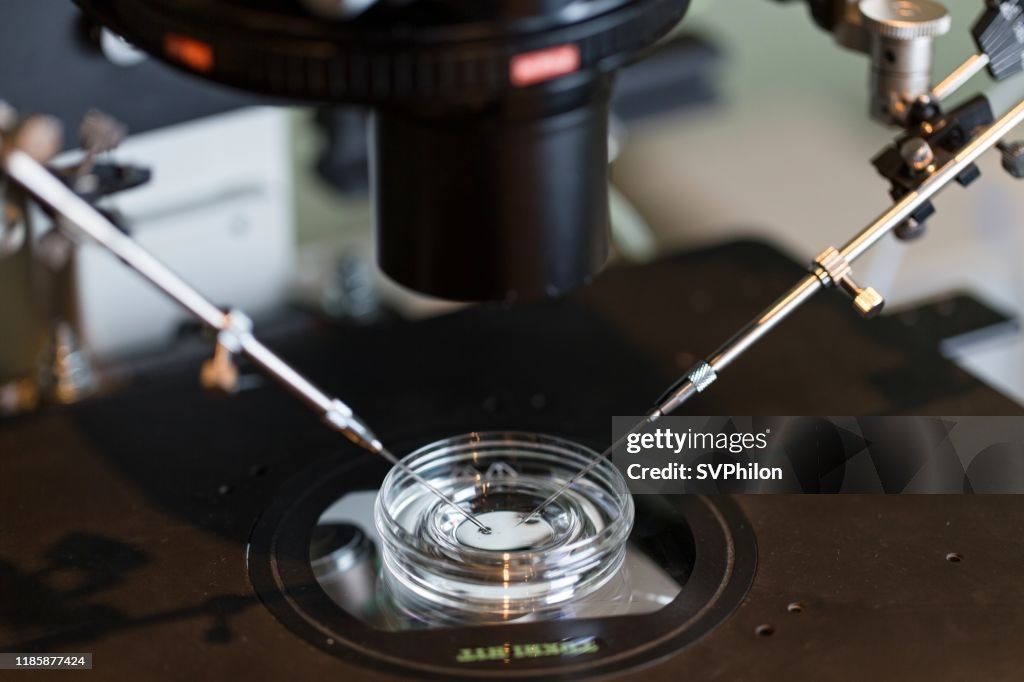


Reply
You must be logged in to post a comment.